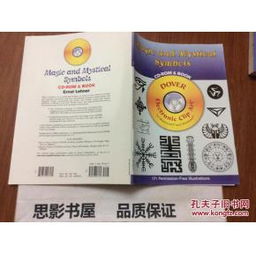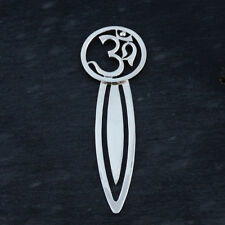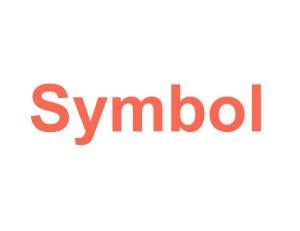
Understanding the Concept of Symbolon

Have you ever wondered about the origin of the word “symbol”? It’s fascinating to trace back its roots to the ancient world, where a simple wooden stick played a crucial role in shaping our understanding of symbols and signs. Let’s delve into the history and significance of the symbolon, a term that has left an indelible mark on our language and culture.
Origin and Etymology

The symbolon, derived from the Greek word “蟽蠉渭尾慰位慰谓” (symbolon), is a term that encapsulates the essence of a shared object or sign used to verify authenticity and establish trust. The word itself is a combination of the prefix “蟽蠉渭” (sum), meaning “together,” and the root “尾蠈位慰蟼” (bolos), meaning “to throw” or “to cast.” Literally, symbolon translates to “that which is thrown together,” highlighting the collaborative nature of this ancient practice.
The Symbolon in Ancient Greece

In ancient Greece, the symbolon was widely used in various contexts, from economic transactions to political alliances. One of the most notable uses of the symbolon was in the realm of finance. For instance, when two parties entered into a loan agreement, they would split a wooden stick or a tablet in half, inscribing the terms of the agreement on it. Each party would keep one half, and upon repayment, the halves would be reassembled to confirm the transaction’s validity.
Similarly, in political and social contexts, the symbolon served as a tangible representation of a binding agreement. For example, when two city-states formed an alliance, they would exchange a symbolon, such as a broken spear or a shared tablet, to signify their commitment to the alliance. This practice not only reinforced the importance of trust and cooperation but also provided a physical reminder of the agreement’s existence.
The Symbolon and the Development of Language
The concept of the symbolon played a pivotal role in the development of language and communication. As humans sought to convey complex ideas and establish agreements, the use of shared symbols became essential. Over time, these symbols evolved into more abstract representations, leading to the creation of writing systems and the development of language as we know it today.
The symbolon, with its emphasis on shared meaning and mutual understanding, laid the foundation for the concept of symbolism. This concept has since permeated various aspects of human life, from art and literature to science and philosophy. The power of symbols lies in their ability to transcend language barriers and convey meaning on a deeper, more intuitive level.
The Symbolon in Modern Society
While the physical symbolon may no longer be in use, its influence can still be seen in modern society. The concept of a shared object or sign used to establish trust and verify authenticity remains relevant in various contexts. For example, in the digital age, digital signatures and encryption algorithms serve a similar purpose, ensuring the integrity and security of electronic communications.
Moreover, the idea of a symbolon continues to shape our understanding of identity and belonging. National flags, religious symbols, and even personal logos all serve as tangible representations of our values, beliefs, and affiliations. These symbols help us connect with others who share our perspectives and provide a sense of unity and belonging.
The Symbolon and the Power of Symbols
The symbolon, with its rich history and diverse applications, serves as a testament to the power of symbols in human life. From ancient Greece to the modern world, symbols have played a crucial role in shaping our culture, language, and society. As you navigate through the complexities of daily life, take a moment to appreciate the significance of symbols and the role they play in connecting us all.
| Symbolon Usage | Modern Equivalent |
|---|---|
| Financial transactions | Digital signatures and encryption algorithms |
| Political alliances | National flags and emblems |
| Religious beliefs | Religious symbols and icons |
In conclusion, the symbolon is a fascinating concept that has shaped our understanding of symbols and signs throughout history. From its origins in ancient Greece to its modern applications, the symbolon continues to play a vital role in our lives, connecting us and helping us navigate the complexities of the world around us.



